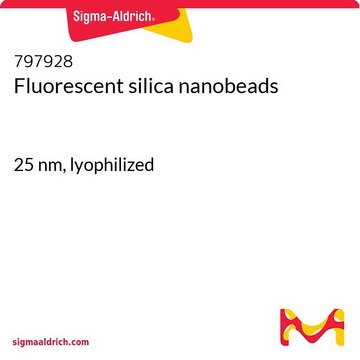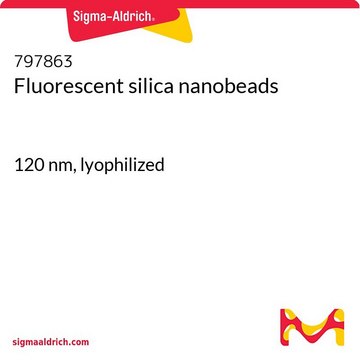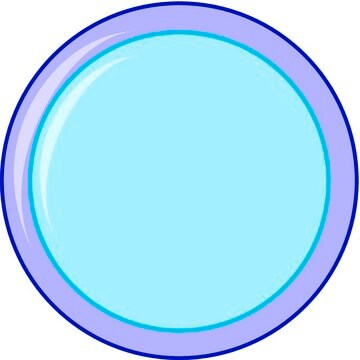797898
Fluorescent silica nanobeads
90 nm, lyophilized
Synonym(s):
Fluorescent beads, Fluorescent nanoparticles, Silica nanoparticles
About This Item
Recommended Products
Quality Level
form
powder
particle size
90 nm
fluorescence
λex 590 nm
UV absorption
λ: 570 nm Amax
storage temp.
2-8°C
Looking for similar products? Visit Product Comparison Guide
Application
Storage Class Code
11 - Combustible Solids
WGK
WGK 3
Choose from one of the most recent versions:
Certificates of Analysis (COA)
Don't see the Right Version?
If you require a particular version, you can look up a specific certificate by the Lot or Batch number.
Already Own This Product?
Find documentation for the products that you have recently purchased in the Document Library.
Customers Also Viewed
Articles
luorescent nanobeads offer great potential for many applications in both basic and applied research. In the recent past, scientists have been offered a wide range of technical solutions in fluorescence imaging, enabling a significant advancement in fields such as microscopy and diagnostics. However, such optical labels mostly spanned the microscale range and/or suffered from limited optical performance and versatility. Recently, the progress of nanoscience has enabled the fabrication of accurately controlled nanostructures with tailored optical properties, and this is disclosing completely unexplored avenues and exciting possibilities in many research areas.
Biomaterials science involves the design and fabrication of smart materials for studying, directing, or mimicking biology. For successful integration of biomaterials in biological research, a meaningful understanding of biological systems is required.
Our team of scientists has experience in all areas of research including Life Science, Material Science, Chemical Synthesis, Chromatography, Analytical and many others.
Contact Technical Service










